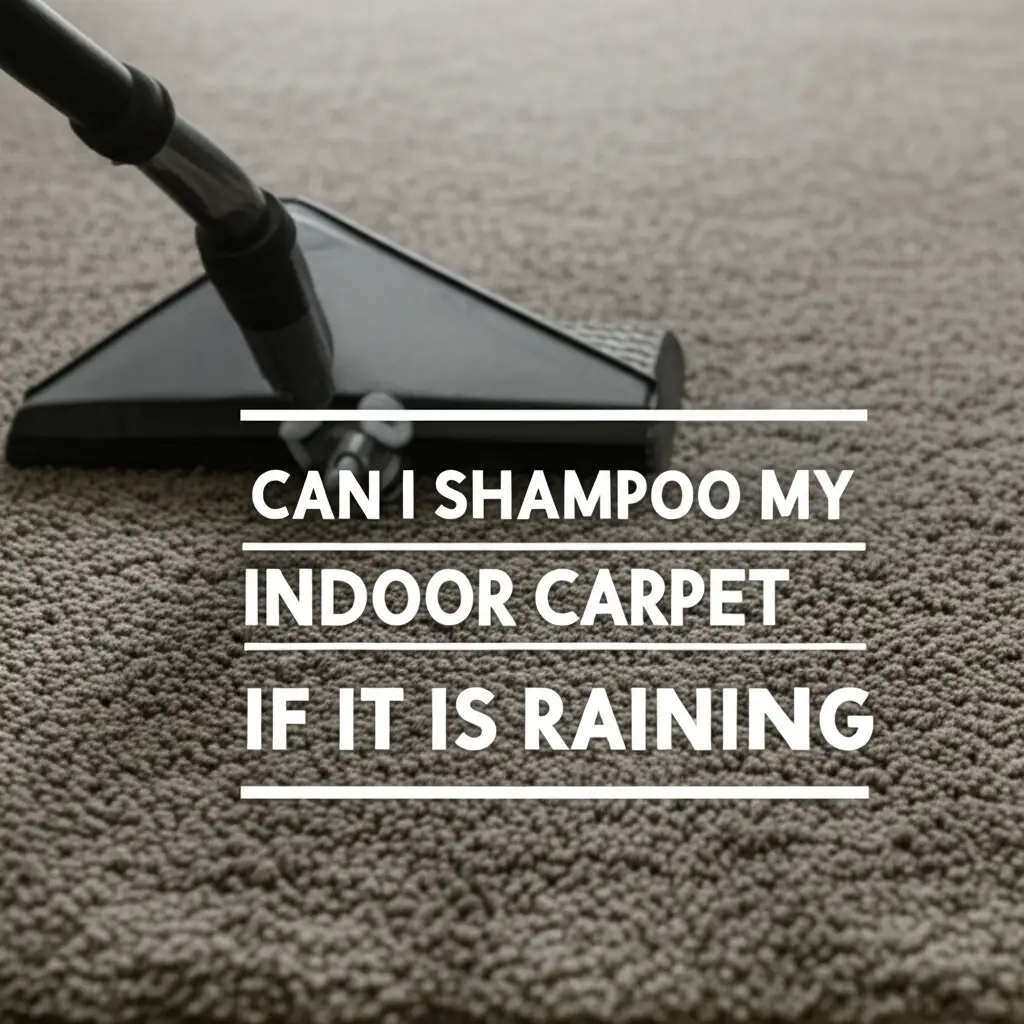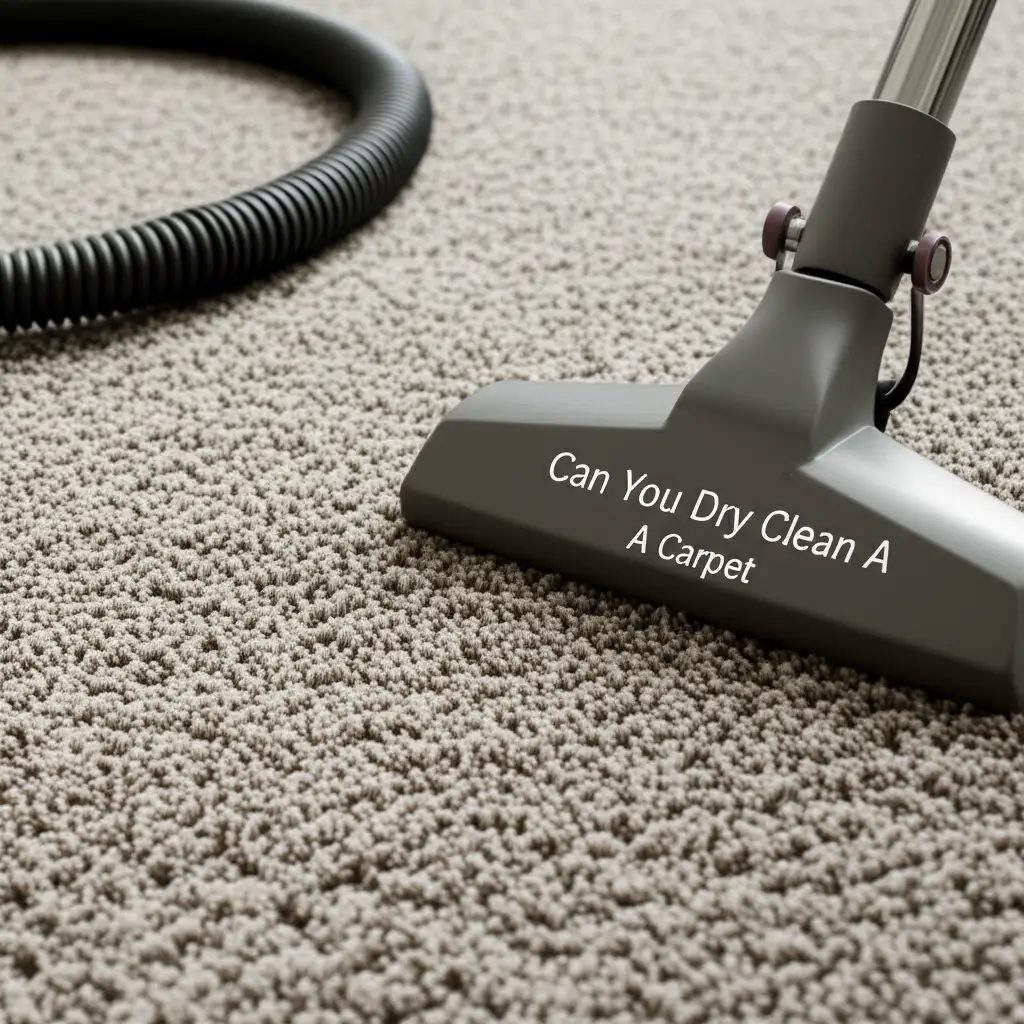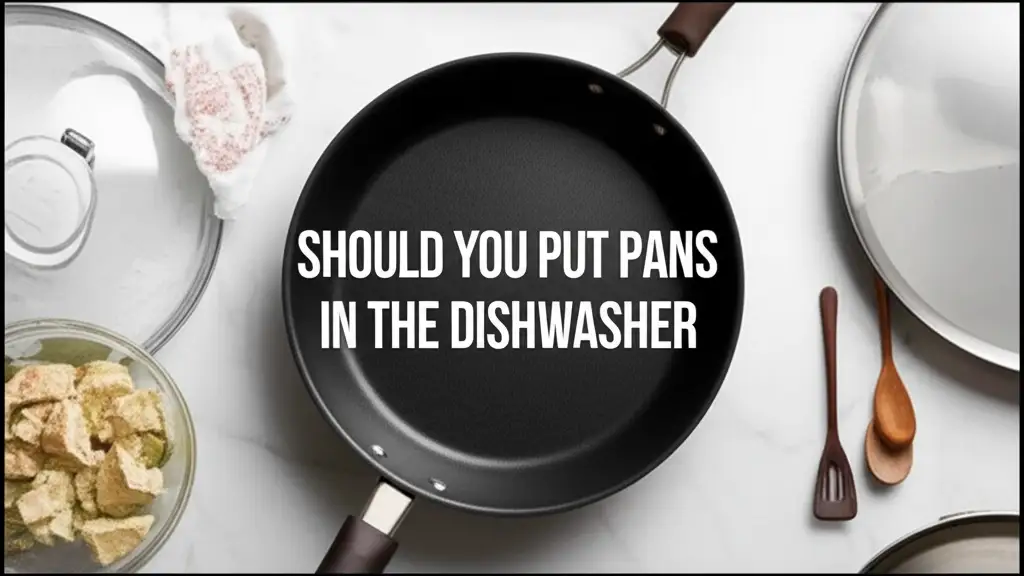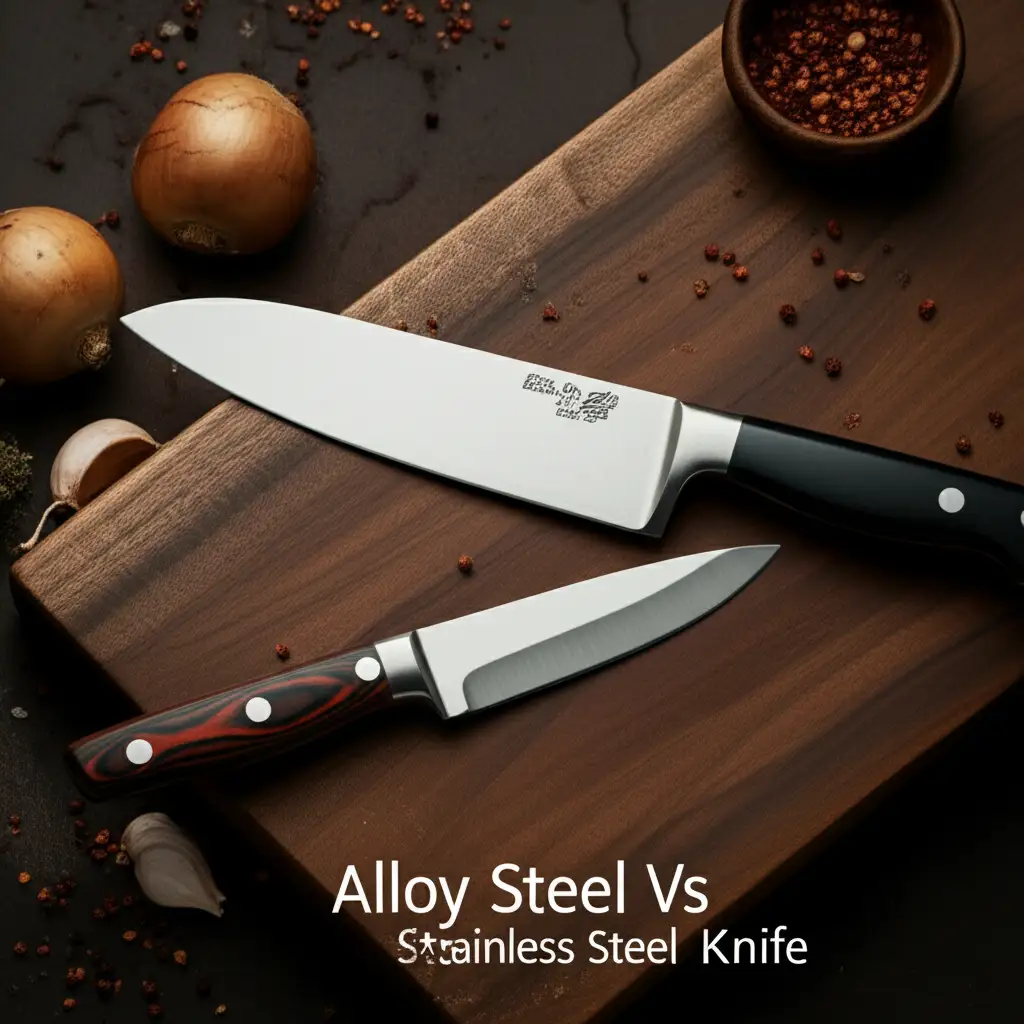· Mason Everett · Knife Making Tools · 13 min read
Best 2x42 Belt Grinder For Knife Making
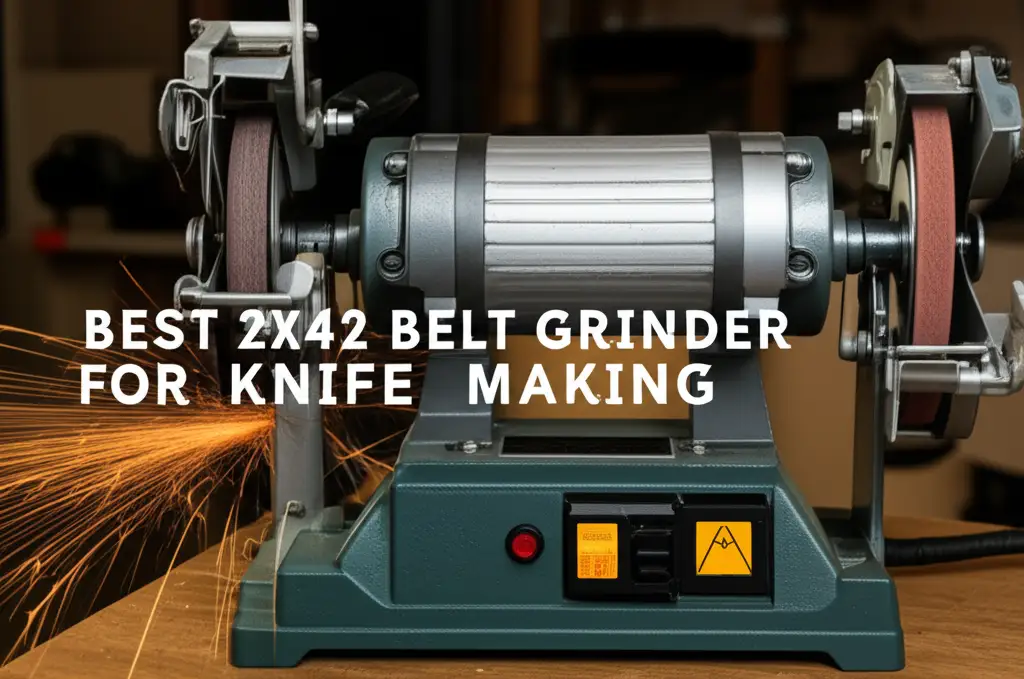
Best 2x42 Belt Grinder for Knife Making: Top Picks & Guide
Beginning your journey into knife making feels exciting. You need the right tools to shape steel into sharp blades. A belt grinder is essential for this work. The 2x42 belt grinder size offers many benefits for new and experienced makers. It balances power with a compact size. This guide helps you choose the best 2x42 belt grinder for knife making. We will cover key features and maintenance.
Takeaway: Your Ideal Knife Making Grinder
- Size Matters: The 2x42 size balances power with a small footprint. It is great for home workshops.
- Motor Power: Look for strong motors, 1/2 HP or more, for consistent grinding. Variable speed control is a big plus.
- Accessories: Quality work rests and platen attachments boost versatility. They make grinding easier.
- Belt Choice: Use a range of abrasive belts for different grinding stages. This helps create precise bevels.
- Safety First: Always wear eye protection, a respirator, and gloves. Grinding produces dust and sparks.
The best 2x42 belt grinder for knife making offers a blend of power, precision, and ease of use. It should have a sturdy motor, good belt tracking, and a flat platen. Variable speed control helps fine-tune your grinding. Look for durable construction to last many knife projects.
Why a 2x42 Belt Grinder is Ideal for Knife Makers
Many knife makers start with a 2x42 belt grinder. This size offers a great balance of features. It provides enough surface area for grinding knife bevels. At the same time, it does not take up too much space. This makes it perfect for a home workshop or small studio.
A 2x42 machine is usually more affordable than larger grinders. This helps new makers get started without a huge investment. Despite the lower cost, these grinders can perform well. They handle various tasks from stock removal to fine shaping. Their compact design makes them easy to move and store.
These grinders are also very versatile. You can use different types of grinding belts on them. This allows you to work with various materials. You can shape knife blanks from raw steel. You can also refine edges for a sharp finish. The 2x42 size is a standard. This means belts and parts are widely available.
The belt speed on a 2x42 grinder is often suitable for knife work. Some models offer variable speed. This is a very useful feature. It lets you slow down for delicate work. You can speed up for faster material removal. This control helps prevent overheating your blade.
My own experience shows that a 2x42 grinder is a workhorse. It helps me shape blade profiles cleanly. It is simple to set up and use. This makes it a smart choice for serious hobbyists. It helps you get professional results without needing a huge industrial machine.
Key Features to Look for in a 2x42 Knife Grinder
Choosing the right 2x42 belt grinder means looking at specific features. These features affect performance and usability. A good grinder makes your knife making process smoother. It also helps you achieve better results.
First, check the motor power. A grinder with a 1/2 horsepower (HP) motor or more is good. Stronger motors provide constant power. They do not slow down under load. This is important when grinding hard steels. An insufficient motor can lead to frustration and poor grinding.
Variable speed control is another vital feature. This allows you to adjust the belt speed. Slower speeds prevent overheating and give more control for fine work. Faster speeds are good for initial stock removal. Some grinders use stepped pulleys for speed changes. Others have electronic variable speed. Electronic control is usually more convenient.
Look at the platen and work rest design. The platen is the flat surface behind the belt. A flat and rigid platen ensures even grinding. The work rest supports your knife blank. It should be adjustable. You want to set precise angles for bevel grinding. A sturdy work rest helps you hold your knife steady.
Belt tracking is also important. Good belt tracking keeps the belt centered. It prevents the belt from slipping off. Look for grinders with easy and accurate belt adjustment. This saves time and reduces frustration. It helps your belts last longer too.
Consider the construction materials. A grinder made from heavy-duty steel or cast iron lasts longer. It also reduces vibration. Less vibration means more precise grinding. Always check for sturdy components. These components improve safety and performance.
Top 2x42 Belt Grinder Models for Knife Making
When selecting a 2x42 belt grinder for knife making, several models stand out. These grinders offer different features to suit various needs. I will describe general types and qualities rather than specific brands. This helps you understand what makes a good choice.
One type is the entry-level grinder. These are often compact and budget-friendly. They typically feature a fixed speed motor. Their design is simple, making them easy to use for beginners. They are good for learning basic grinding techniques. These grinders handle smaller knife projects well. They might require more patience for larger tasks.
Another category includes mid-range grinders. These models usually offer more power. They often come with variable speed control. This allows for greater precision. You can adjust the speed for different grinding stages. They may have a larger, more stable work rest. They also often include better belt tracking systems. These grinders are suitable for serious hobbyists. They can handle a wider range of knife steels.
High-end 2x42 grinders focus on durability and advanced features. They might have stronger motors and more robust frames. Some include tilting heads for different grinding orientations. They often have quick-change platen systems. This allows for easy swapping between flat grinding and slack belt grinding. These grinders are for makers who want maximum control and longevity. They can process many blades efficiently.
When considering a model, read user reviews. Look for comments on motor performance and vibration. Check how easy it is to change belts. Find out about belt availability for that specific model. Different types of knives, such as an 8 vs 10 inch chef knife, may benefit from certain grinder features. For example, larger knives need more stable work rests. Smaller knives like a 5 inch vs 7 inch santoku knife benefit from finer speed control. Your budget will guide your choice. However, investing in a good quality grinder saves time and improves results.
Essential Accessories and Attachments for Your Grinder
Getting the best 2x42 belt grinder is just the start. You need the right accessories to maximize its potential. These additions make your knife making more efficient. They also help you achieve higher quality finishes.
The most important accessory is a good selection of abrasive belts. Belts come in various grits and materials. You need coarse belts for removing material quickly. Use medium grits for shaping and refining. Fine grits are for finishing and polishing. Different belt materials suit different tasks. Ceramic belts are great for aggressive stock removal on hard steels. Zirconia belts are good for general grinding. Aluminum oxide belts are often used for finishing.
Another essential item is a sturdy work rest. While many grinders come with one, an upgraded work rest can improve precision. Look for one that offers broad support. It should adjust easily to different angles. Some work rests feature a protractor. This helps you set exact bevel angles. This is crucial for consistent knife grinds.
A flat platen attachment is key for flat grinding. This is where the belt runs over a solid, flat surface. This attachment ensures a truly flat grind on your blade. Some grinders come with a platen. Others offer it as an add-on. Make sure it is solid and resists heat. A good platen helps maintain blade geometry.
Tooling arms are useful for versatility. These allow you to attach different grinding wheels or platens. You might add a small wheel attachment for grinding finger choils. Or, you could use a contact wheel for hollow grinding. These arms make your 2x42 grinder much more adaptable.
Lastly, consider a dust collection system. Grinding produces a lot of metal dust and abrasive particles. A vacuum system or dust collector keeps your workshop clean. It also protects your lungs from harmful particles. This is a critical safety accessory.
Maintenance Tips for Longevity and Performance
Proper maintenance keeps your 2x42 belt grinder running well. Regular care ensures it performs consistently. It also extends the life of your machine. Neglecting maintenance can lead to poor results and costly repairs.
First, clean your grinder after each use. Grinding generates metal dust and abrasive grit. These particles can get into the motor and bearings. Use a shop vacuum or compressed air to remove debris. Focus on the platen, work rest, and belt tracking mechanism. This prevents buildup that can hinder performance.
Check belt tracking regularly. Misaligned belts can cause wear on the machine. They also wear out faster themselves. Adjust the tracking as needed to keep the belt centered. Refer to your grinder’s manual for specific instructions. Proper tracking also improves grinding consistency.
Lubricate moving parts according to the manufacturer’s guide. Some parts may need grease or oil. This reduces friction and wear. It keeps components moving smoothly. Do not over-lubricate. Excess lubricant can attract more dust.
Inspect your grinding belts. Replace worn-out belts promptly. Dull belts are inefficient. They also create more heat. This can damage your knife blade. Keep an eye on the motor. Listen for unusual noises. Feel for excessive heat. If you notice problems, address them early.
Store your grinder in a dry environment. Moisture can lead to rust on metal parts. If you live in a humid area, consider using a machine cover. This protects it from dust and dampness. My own experience shows that a well-maintained grinder performs better. It also lasts many years.
Grinding Techniques for Superior Knife Blades
Using your 2x42 belt grinder effectively means understanding proper techniques. Good technique results in clean, sharp knife blades. It also ensures your safety during the grinding process.
Start with safety. Always wear appropriate personal protective equipment (PPE). This includes safety glasses or a face shield. A respirator or dust mask protects your lungs from metal dust. Heavy-duty gloves protect your hands. Grinding generates sparks and small particles. Always keep your work area clear and well-lit.
For initial stock removal, use a coarse grit belt. Hold your knife blank firmly against the platen. Apply steady, even pressure. Move the knife smoothly across the belt. Do not hold it in one spot. This prevents overheating the steel. Overheating can ruin the heat treatment of your blade. For different types of blades, such as an Asian vs Standard Knife, the grinding approach might vary slightly. Asian knives often have thinner grinds.
When establishing bevels, consistency is key. Set your work rest to the desired angle. Use a marker on the blade edge. This helps you see where the belt is removing material. Grind evenly on both sides of the blade. Aim for uniform bevels. This creates a balanced and strong edge. Take shallow passes. This removes material slowly. It gives you more control.
Transition to finer grit belts as you refine the blade. Each successive grit removes the scratches from the previous one. Grind until all previous scratches are gone. This step-by-step approach leads to a smooth finish. You can use different types of knives, like an automatic knife vs switchblade, for practice on scrap material before tackling your main project.
For the final edge, switch to very fine grits. Some makers use leather strops with polishing compounds. This creates a razor-sharp edge. Always grind away from the edge. This pushes the burr away. It helps create a clean, sharp finish. Practice makes perfect. Start on scrap metal. Learn the feel of your grinder.
Choosing the Right Belts for Different Grinding Tasks
Selecting the correct grinding belts is crucial for knife making. The right belt can make your work easier and more effective. Different tasks require different belt grits and materials. Using the wrong belt can lead to poor results or damage to your steel.
Belts are classified by grit number. A lower grit number means a coarser belt. These are for aggressive material removal. For example, a 36-grit or 60-grit belt works well for shaping the initial knife profile. It helps remove steel quickly from the blank. This is also called stock removal.
Higher grit numbers mean finer belts. These are for refining the blade surface. A 120-grit belt removes the deep scratches from coarser belts. A 220-grit belt further refines the surface. For a satin finish, you might go up to 400 or 600 grit. Polishing belts can go even higher.
The abrasive material on the belt also matters. Ceramic alumina belts are very aggressive. They cut fast and last long on hard steels. These are excellent for initial shaping and heat-treated blades. Zirconia alumina belts are durable and good for general grinding. They are a good all-around choice.
Aluminum oxide belts are more affordable. They are suitable for softer steels or for finishing work. Silicon carbide belts are useful for non-ferrous metals and sharpening. They are also good for grinding composite handle materials.
Consider the backing material of the belt. Cloth-backed belts are more flexible and durable. Paper-backed belts are less durable but often used for very fine grits. Always make sure the belt size matches your 2x42 grinder exactly. Using the correct belt helps you achieve precise results. It also ensures the safety of your grinding operation.
Frequently Asked Questions
Why choose a 2x42 grinder for knife making?
A 2x42 belt grinder is a great choice for knife making because of its balance. It offers enough power and belt surface area for various tasks. It is also compact and often more affordable. This makes it ideal for hobbyists and smaller workshops. It handles everything from shaping to finishing.
What motor power is best for a 2x42 grinder?
For a 2x42 belt grinder, a motor of 1/2 horsepower (HP) or more is generally recommended. A stronger motor provides consistent power. It prevents bogging down when grinding hard steel. This ensures smoother material removal. Look for variable speed control too.
How often should I change grinding belts?
Change grinding belts when they become dull or worn. Dull belts cut slower and generate more heat. This can damage your knife blade. The exact frequency depends on the material you are grinding and how much you use the grinder. Always have spare belts on hand.
Can a 2x42 grinder handle different steel types?
Yes, a 2x42 grinder can handle different steel types. The key is to use the right abrasive belts for the specific steel. Harder steels require ceramic or zirconia belts for efficient stock removal. Softer steels can use aluminum oxide. Variable speed control also helps manage heat with different steels.
What safety precautions should I take?
Always wear safety glasses or a face shield, a respirator, and sturdy gloves when using a belt grinder. Grinding produces sparks, metal dust, and heat. Ensure your work area is well-ventilated. Keep your fingers away from the moving belt. Never wear loose clothing or jewelry.
Conclusion
Choosing the best 2x42 belt grinder for knife making is a step toward crafting beautiful blades. This guide covered the essential features to look for. We discussed motor power, variable speed, and sturdy construction. We also explored crucial accessories like various grinding belts and helpful attachments. Proper maintenance ensures your grinder lasts. Effective grinding techniques help you achieve superior results.
A 2x42 grinder offers excellent versatility and value for knife makers. It helps you shape, grind, and refine your blades. Remember to prioritize safety with appropriate protective gear. Invest in a range of belts for different stages of grinding. With the right 2x42 belt grinder and good practices, your knife making skills will grow. Start your knife making journey today. Find the perfect 2x42 belt grinder that fits your needs.


